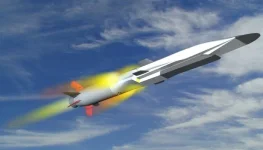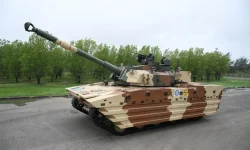- Views: 1K
- Replies: 5

In a move to bolster the performance of its advanced fighter aircraft, the Defence Research and Development Organisation (DRDO) is set to develop an indigenous liquid cooling system for airborne radars. This technology is crucial for optimizing the functionality and longevity of powerful radar systems in aircraft like the Tejas and the upcoming AMCA.
Modern combat aircraft rely heavily on airborne radars for real-time situational awareness, target tracking, and acquisition. However, these radars generate substantial heat due to the high-power electronic components they utilize. Without efficient heat dissipation, radar performance can be significantly compromised, and sensitive equipment may suffer damage.
Liquid cooling systems offer superior heat dissipation compared to traditional air cooling methods. This ensures greater reliability, improved radar efficiency, and allows for continuous operation without the risk of overheating, which is particularly vital during extended missions.
The new cooling system will be compatible with a range of aircraft, including the Tejas Mk1A, Tejas Mk2, and the AMCA. It will also be adaptable for other domestic and potentially foreign platforms, opening avenues for technology export.
The DRDO's system is expected to incorporate several advanced features:
- Enhanced Thermal Conductivity: The liquid coolant will be designed for rapid heat transfer, efficiently drawing heat away from critical radar components.
- High-Flow Rate Coolant Pumps: These pumps will ensure continuous coolant circulation to effectively manage the heat generated by powerful AESA radars.
- Compact, Lightweight Design: Minimizing weight and size is crucial for airborne applications, and the system will be designed accordingly to avoid impacting aircraft performance.
- Increased Reliability and Low Maintenance: The system will be built for durability and require minimal upkeep, ensuring long-term reliability and operational readiness.


